The enduring appeal of Transport for London’s seat designs
From artist Rita Keegan’s new collage to fashion designer Adam Jones’ Overground suit, TfL moquettes continue to enjoy a cult status
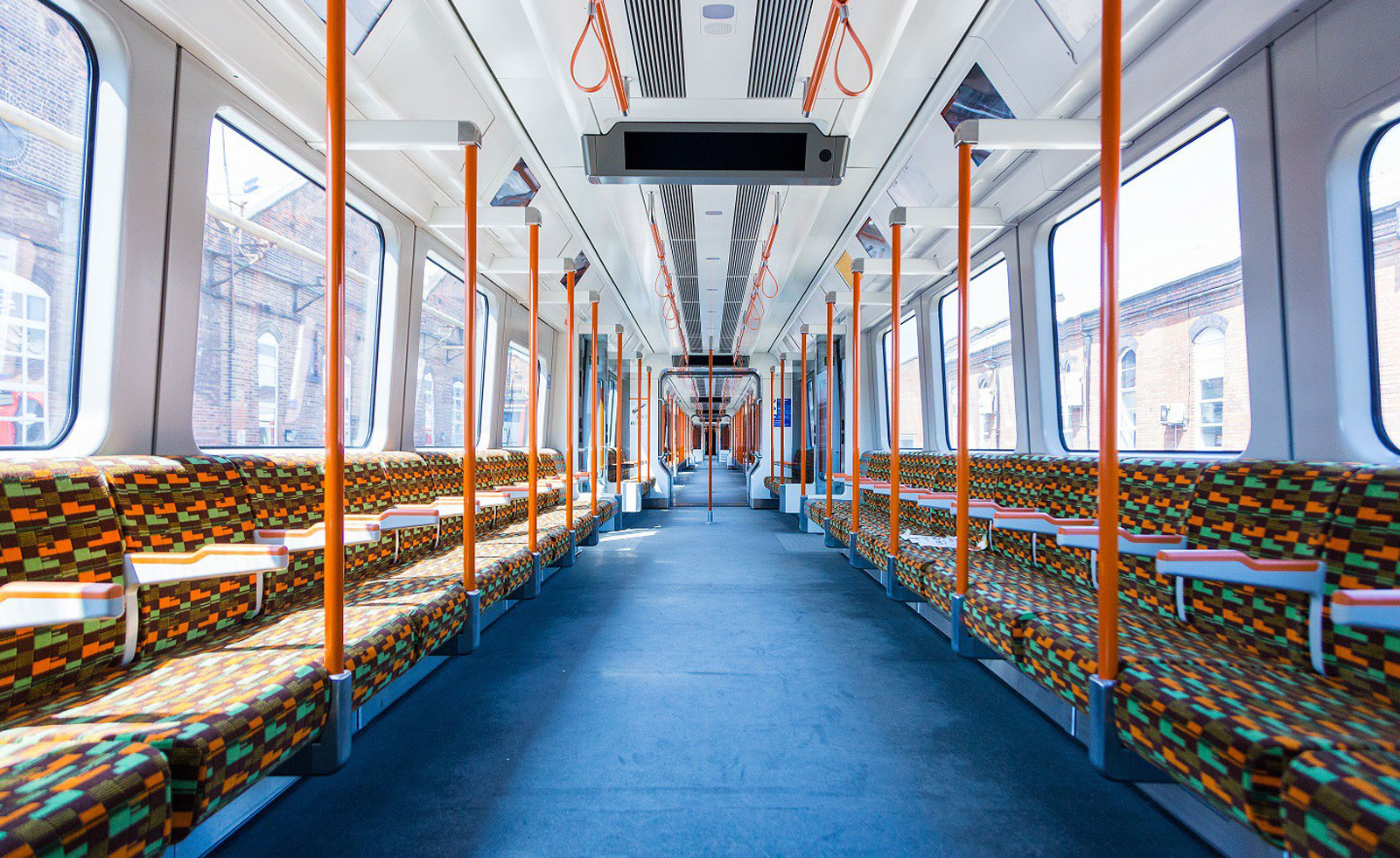
This year, Transport for London – or TfL – turns 25. Some commuters probably feel like they have aged double that in the same stretch of time. It might have given us the Oyster card, the Hopper fare and the Lizzy Line, but it’s not always been plain railing on the transport network of Europe’s most congested city. Especially when you’re inhaling a miasma of metallic particles and enduring ear-perforating, gear-grinding screeching every morning.
Something, though, continues to delight art anoraks whenever we board or alight a bus, train or Tube in London: the designs of the seats. As true trainspotters will know, the thick fabric used for transport upholstery is termed moquette – an old French word for carpet. It’s traditionally crafted from 85 per cent wool mixed with 15 per cent nylon, using a Jacquard loom to create intricate patterns.
The earliest moquette commissioned for the capital’s trains was an archetypal art deco design from Firth Furnishings Limited (whimsically titled ‘Lozenge’) woven in brown, fawn and blue. Then, when London Transport (as it was then) was formed in the 1930s, artists and designers got on board, collaborating with the manufacturers to create distinctive motifs; the likes of Marianne Straub, Douglas Scott and Enid Marx have all worked on their own versions over the decades.
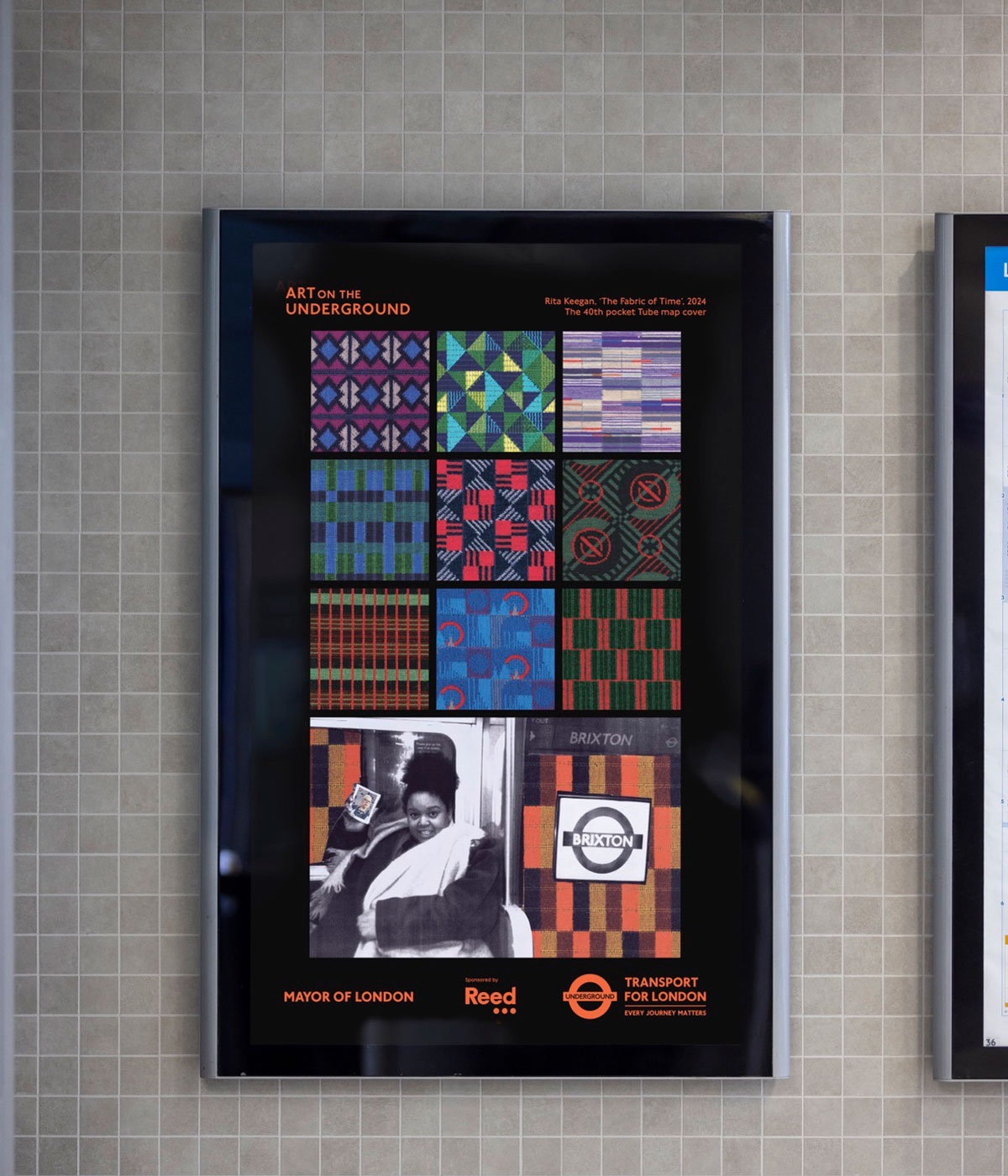
A collage by artist Rita Keegan, who has designed the 40th pocket Tube map cover
More recently, in 2008, TfL commissioned textile design duo Wallace Sewell for the first time. The result was the 2008 Overground moquette, criss-crossing midcentury browns and oranges to exude a distinctly 1970s earthiness. Later, the pair worked on ‘Barman’ (the instantly recognisable blue Victoria Line design turning London landmarks into abstract primary shapes) and the simply labelled ‘Elizabeth Line Moquette’ (a purple pinstripe pattern used to create a sense of speed).
Increasingly, though, moquette is jumping out of our seats. In February 2025, TfL launched its Fabric of London campaign, showcased on Outernet London’s gigantic LED screens. Inspired by seating fabric patterns of the past, it features an immersive digital moquette and animations of a diverse array of Londoners, reflecting the city’s rich cultural tapestry.
It follows The Fabric of Time, a new collage by artist Rita Keegan featured on the 40th pocket Tube map cover. Drawing on Keegan's research into female moquette designers of the past, it constructs a grid from ten archive seat designs. ‘I was spoilt for choice but there were certain ones that appealed to my design sensibilities,’ she says. Superimposed is an old photo of the artist in her thirties at Brixton station. Look closer, and you notice that Keegan is, impossibly, holding a recent selfie of her current self, aged 76; a fleeting blur of past and present.
TfL seems to be cashing in on this newfound cultural cachet. Last November, the local government authority partnered with Sony to install a Playstation-inspired moquette on the Victoria Line, complete with ‘Start’ and ‘Finish’ emblems. Back in 2022, Arsenal launched a pre-match kit inspired by the Piccadilly Line.
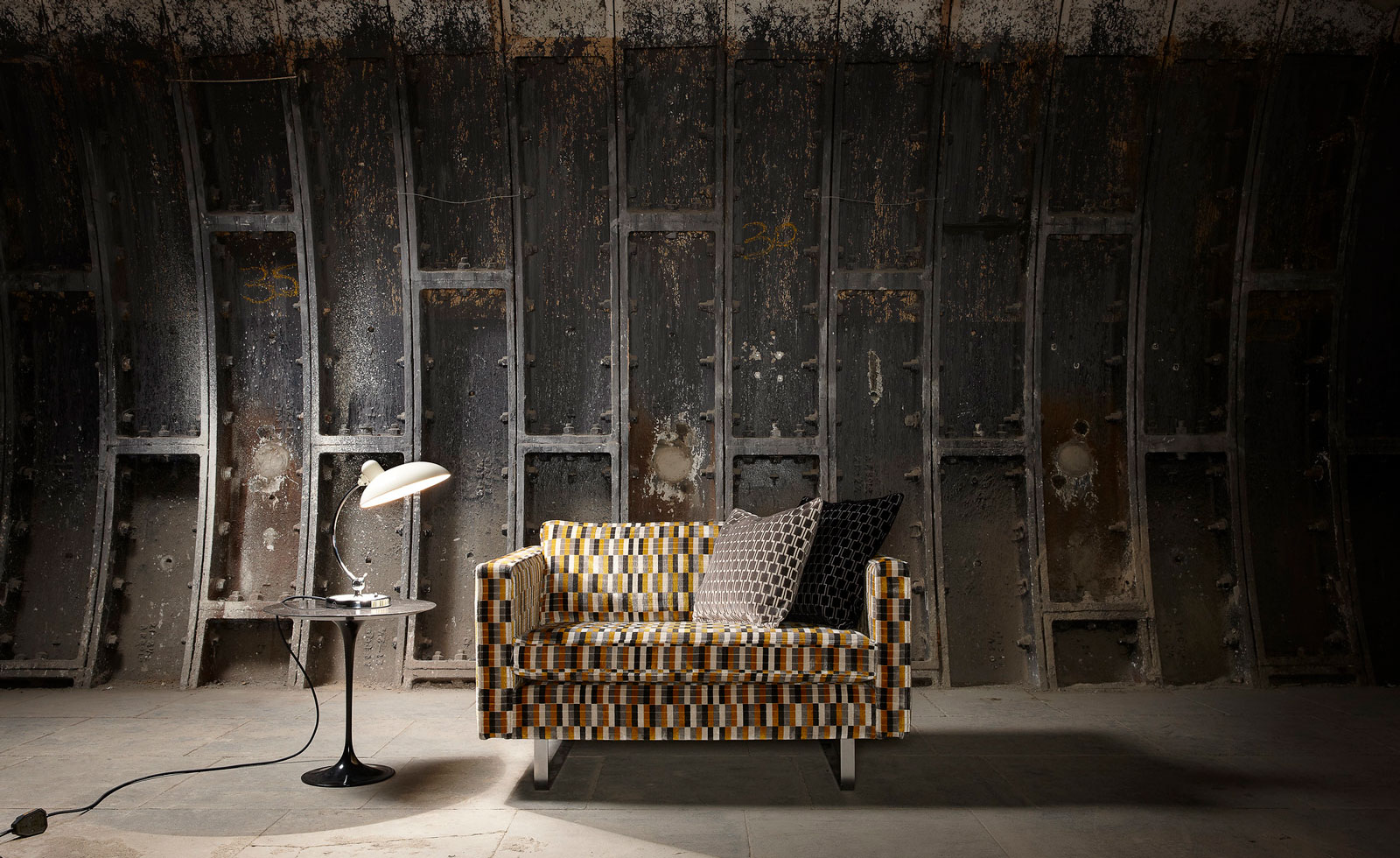
A moquette sofa
The world of fashion is also alight with moquette inspiration. Welsh designer Adam Jones, known for his bar-towel sweaters and quintessentially British references, recently used the Overground design for a red carpet look. ‘Jack Rooke (creator of comedy Big Boys) came to me with an idea of making a suit for him for the BAFTAs using the pattern, so I made one using the mohair blankets from the TfL museum shop,’ Jones says, hinting that he’s going to go further for his upcoming collection.
Previously, Nike revived Misha Black's 1978 moquette for a limited-edition pair of trainers in 2013, and streetwear brand Done emblazoned the Victoria Line motif on a range of jackets in 2022. And while there’s no concrete evidence of inspiration, Gucci’s illusionary geometric prints and Burberry’s reimagined checks of the past few years aren’t a million miles away from moquette.
It’s not just London leading the charge. See the incredibly popular I Don't Give a Seat, an Instagram account created by French director Julien Potart followed by 145,000 enthusiasts, featuring retro transport seat patterns from across the world: recent highlights include a trippy digital camo from Düsseldorf, a contour line motif from Angers and a puzzle piece design from Bontida.
But what makes moquette such a worthy muse for artists and designers? To some Tube seat critics, the garish geometric aesthetic makes for hideous viewing. They are, after all, purposefully clashing to mask all sorts of stains left by careless commuters. For enthusiasts, though, the seats are a sight for sore eyes; they are charmingly kitsch and refreshingly loud in a world of muted minimalism. ‘It's like when you're on a train, you experience a rhythm. It's a beautiful design, simple but complex,’ Keegan says of Joy Jarvis’ 1947 ‘Roundel’ pattern, featured in Fabric of Time.
For designers, the fabric, too, is a joy. It’s velvety, durable and insulates well. And it’s almost entirely natural, with only a little nylon added for resilience to help the seats withstand wear-and-tear. No wonder you can buy it by the metre online, ideal for a keen upcycler or upholsterer with their own tunnel vision (the TfL shop also regularly runs out of socks, scarves and ties).
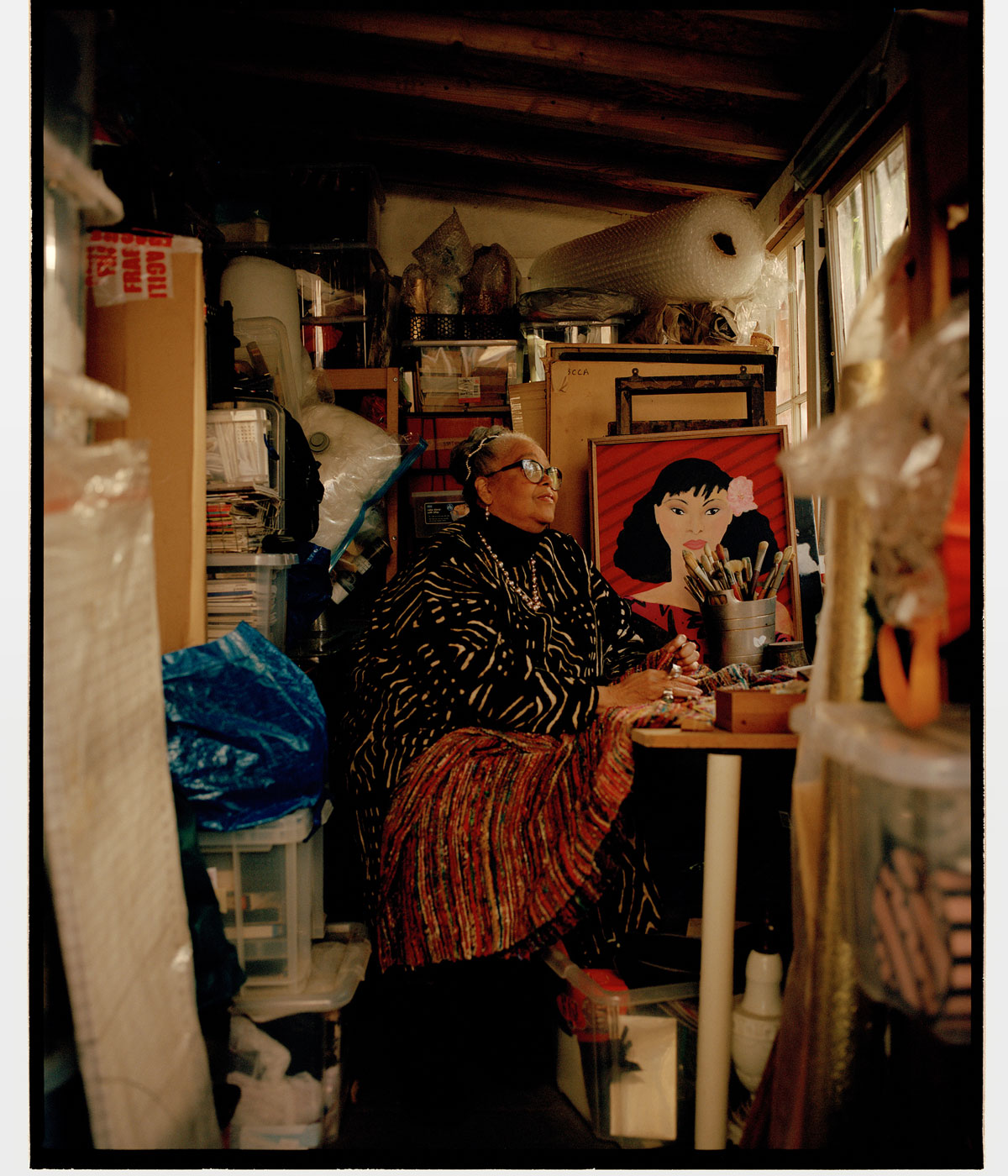
Artist Rita Keegan
Most interesting, though, are the stories stitched into every thread; woven into every design is an experience of London. ‘It's full of history, especially as it’s no longer used,’ Jones says of the archive District Line design. ‘I love to think about who might have sat on that pattern and what they were doing or where they were going; it ties into this nostalgia I have for the past and the 1970s in particular.’
Seen this way, moquette is a gateway to the past, a shared heirloom transporting us back to liminal moments spent on the Tube, weaving together our experiences. ‘It's about the connection to London. It’s our journey. You work, rest and play. Living in a metropolis means you take advantage of that. You're going out, you're going to work and you're coming back [on the train], so it's linked with the textures of life,’ Keegan says.
Ultimately, the moquettes are an exemplary fusion of form and function. ‘They were designed for a specific purpose and they actually fulfilled it. I love them. They're fabulous. You want your journey to take you somewhere and the moquette designs do,’ Keegan says.
And with the trend cycle ever-revolving and constantly reinventing imagery of the past, we can expect more artists to take our seats and turn them into masterpieces in the very near future. Last year’s coquette aesthetic is, perhaps, ready to change into the moquette aesthetic.
The London Transport Museum shop sells moquette furniture and cushions, ltmuseumshop.co.uk/furniture
Receive our daily digest of inspiration, escapism and design stories from around the world direct to your inbox.
Kyle MacNeill is a freelance arts writer who contributes to publications including The Guardian, Financial Times and New York Times. He is interested in the study of objects, niche communities and fakeness.
-
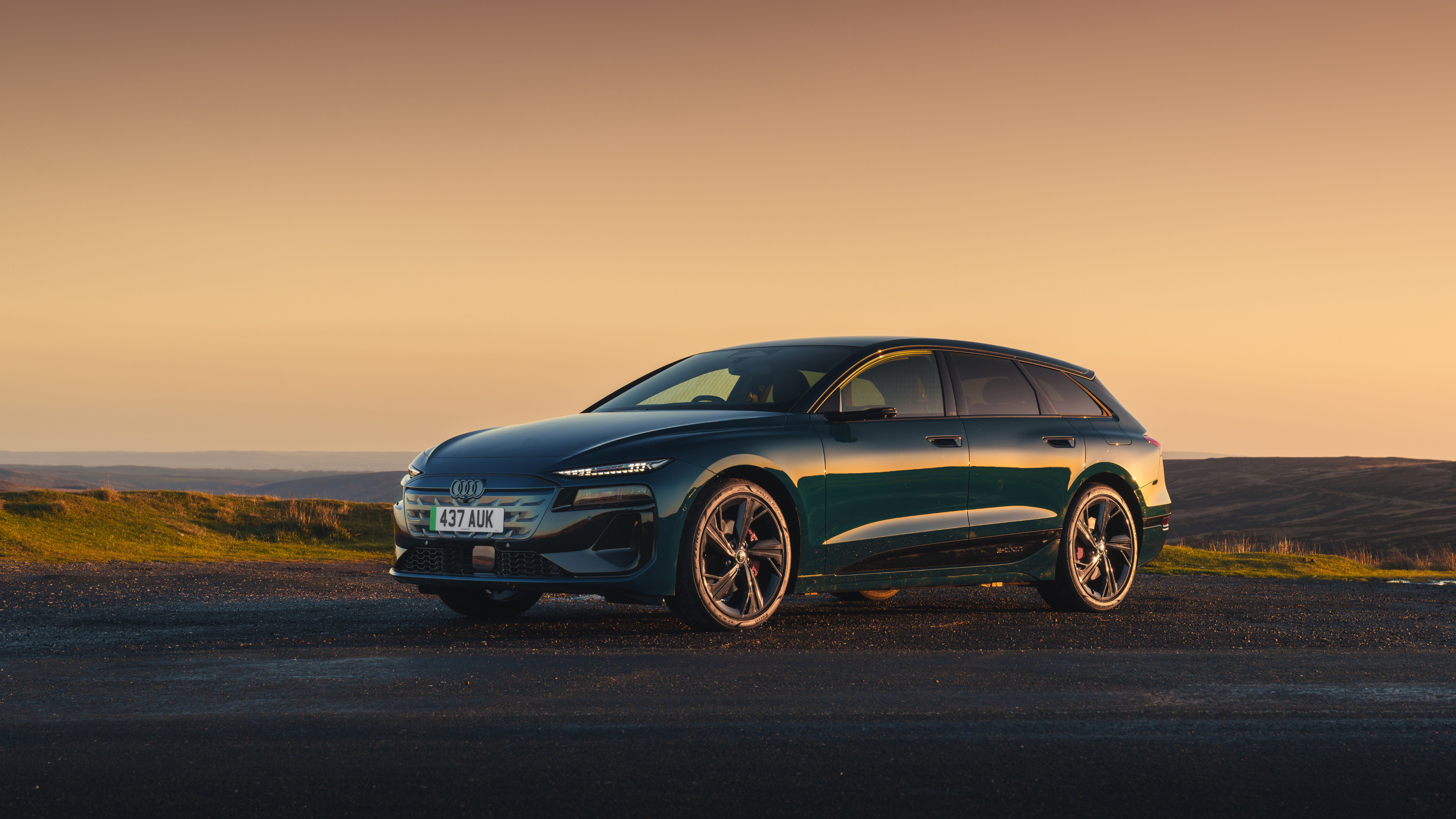 A tale of two Audis: the A5 saloon goes up against the A6 Avant e-tron
A tale of two Audis: the A5 saloon goes up against the A6 Avant e-tronIs the sun setting on Audi’s ICE era, or does the company’s e-tron technology still need to improve?
-
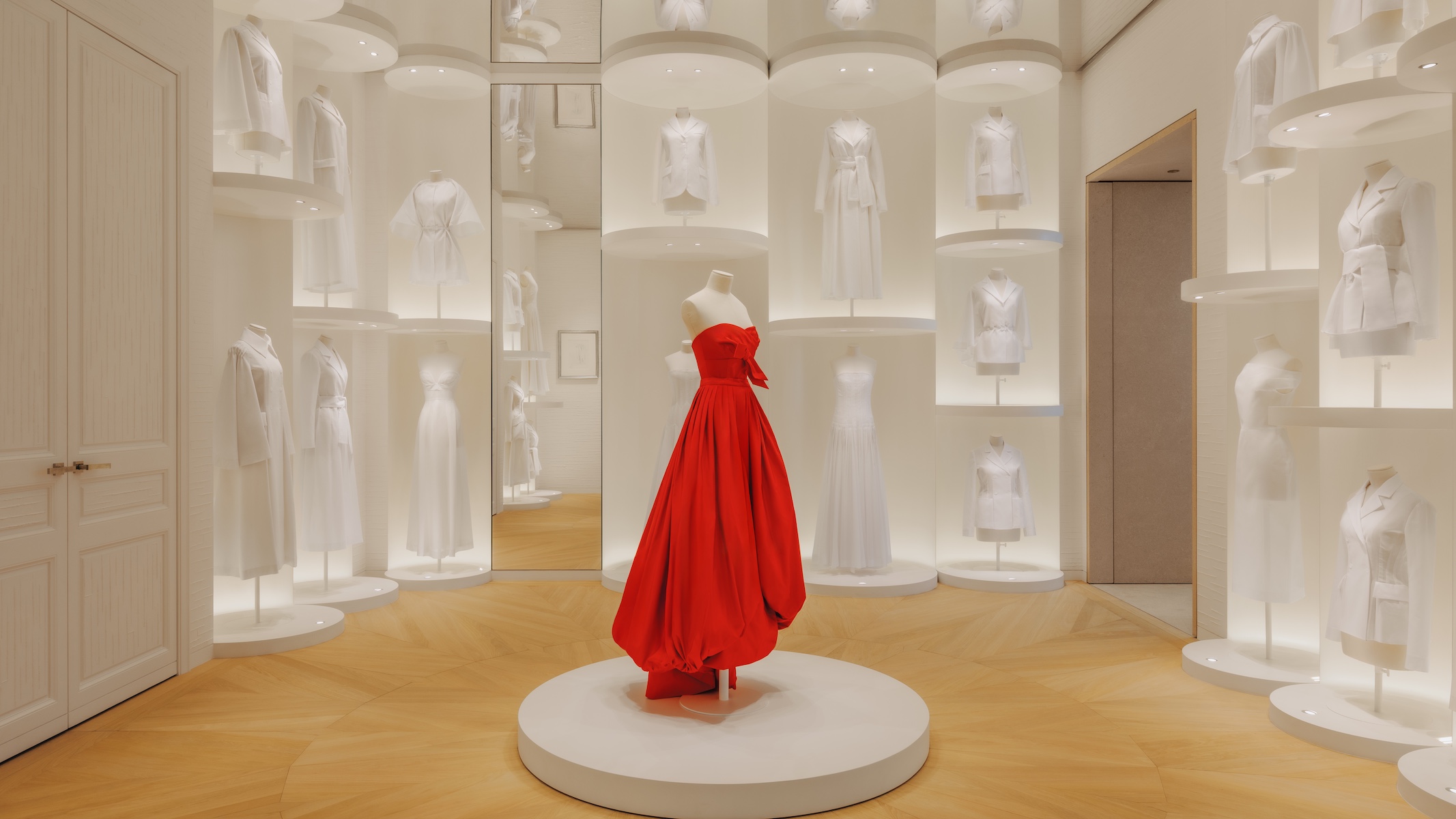 Inside Christian de Portzamparc’s showstopping House of Dior Beijing: ‘sculptural, structural, alive’
Inside Christian de Portzamparc’s showstopping House of Dior Beijing: ‘sculptural, structural, alive’Daven Wu travels to Beijing to discover Dior’s dramatic new store, a vast temple to fashion that translates haute couture into architectural form
-
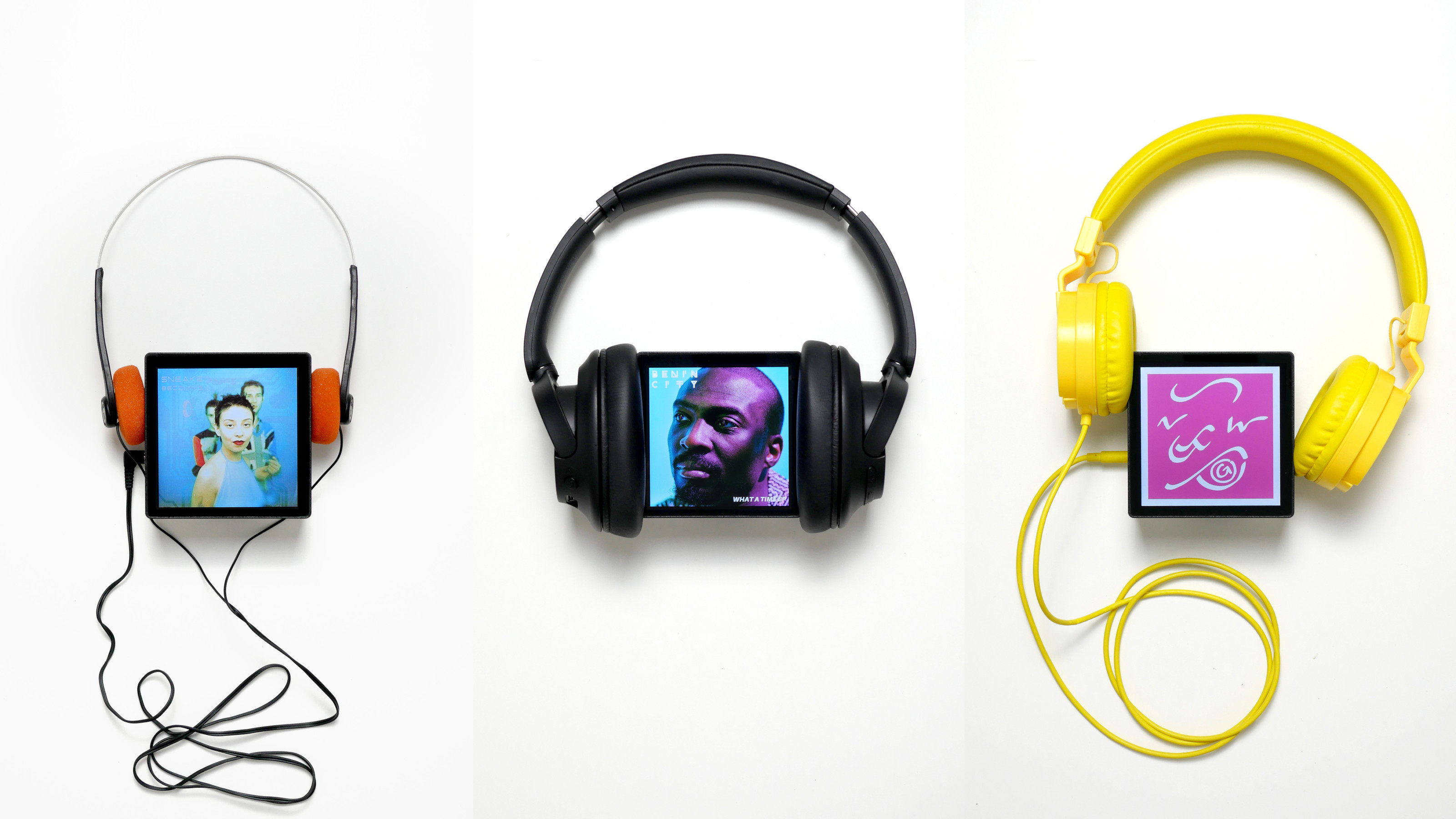 A music player for the mindful, Sleevenote shuns streaming in favour of focused listening
A music player for the mindful, Sleevenote shuns streaming in favour of focused listeningDevised by musician Tom Vek, Sleevenote is a new music player that places artist intent and the lost art of record collecting at the forefront of the experience
-
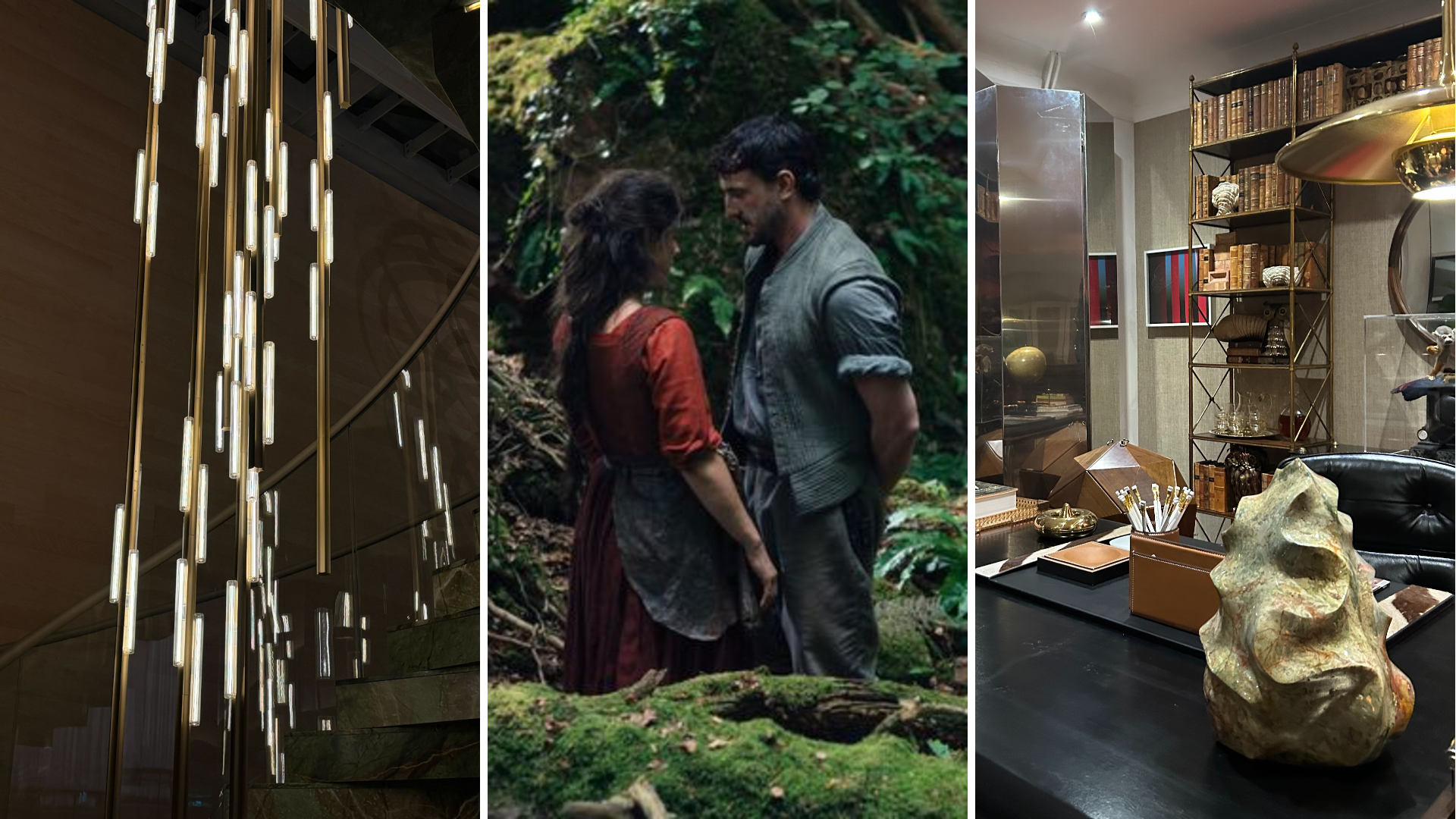 Out of office: The Wallpaper* editors’ picks of the week
Out of office: The Wallpaper* editors’ picks of the weekFar from slowing down for the festive season, the Wallpaper* team is in full swing, hopping from events to openings this week. Sometimes work can feel like play – and we also had time for some festive cocktails and cinematic releases
-
 The Barbican is undergoing a huge revamp. Here’s what we know
The Barbican is undergoing a huge revamp. Here’s what we knowThe Barbican Centre is set to close in June 2028 for a year as part of a huge restoration plan to future-proof the brutalist Grade II-listed site
-
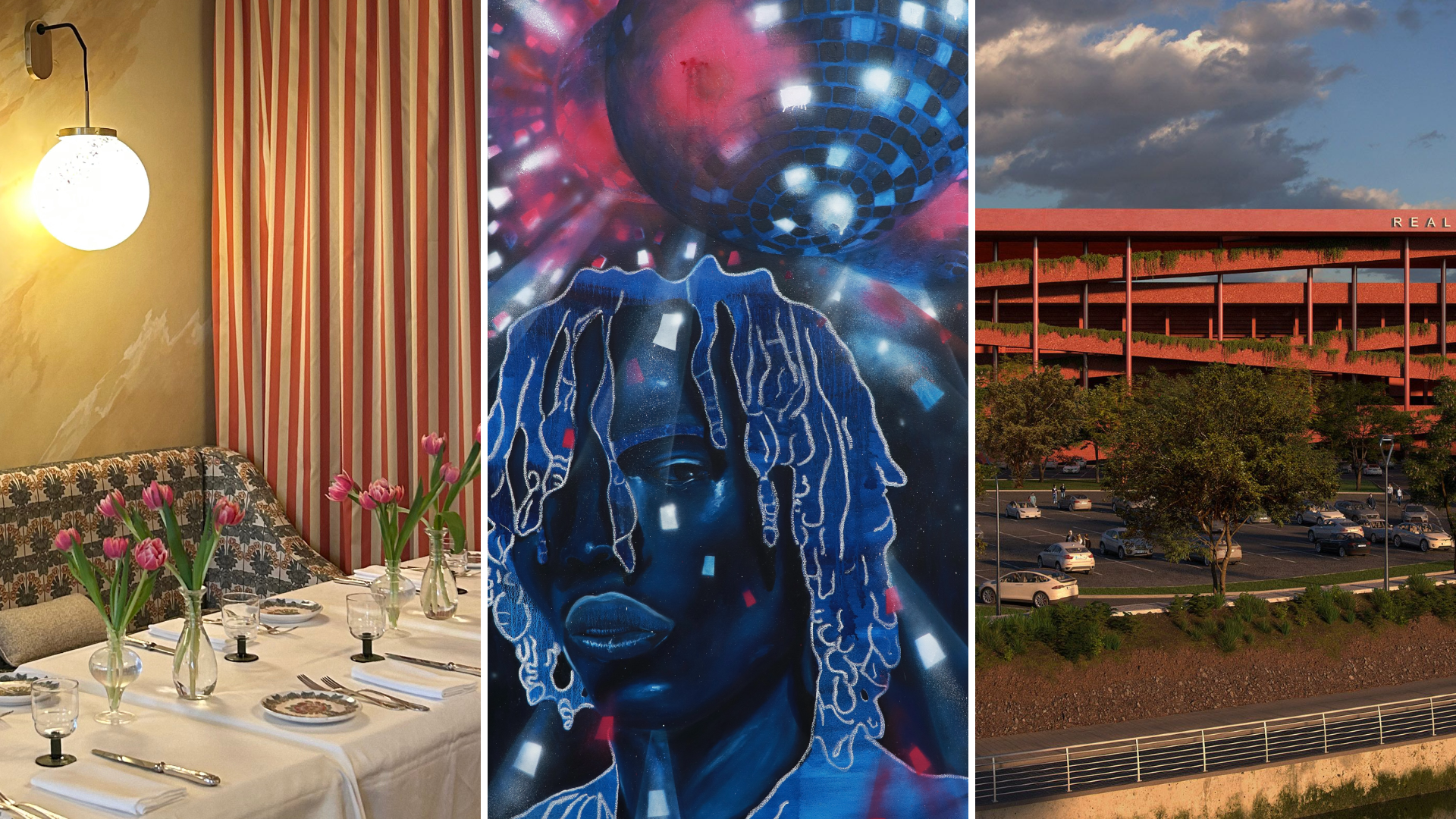 Out of office: The Wallpaper* editors’ picks of the week
Out of office: The Wallpaper* editors’ picks of the weekIt’s wet, windy and wintry and, this week, the Wallpaper* team craved moments of escape. We found it in memories of the Mediterranean, flavours of Mexico, and immersions in the worlds of music and art
-
 Each mundane object tells a story at Pace’s tribute to the everyday
Each mundane object tells a story at Pace’s tribute to the everydayIn a group exhibition, ‘Monument to the Unimportant’, artists give the seemingly insignificant – from discarded clothes to weeds in cracks – a longer look
-
 Out of office: The Wallpaper* editors’ picks of the week
Out of office: The Wallpaper* editors’ picks of the weekThis week, the Wallpaper* team had its finger on the pulse of architecture, interiors and fashion – while also scooping the latest on the Radiohead reunion and London’s buzziest pizza
-
 Out of office: The Wallpaper* editors’ picks of the week
Out of office: The Wallpaper* editors’ picks of the weekIt’s been a week of escapism: daydreams of Ghana sparked by lively local projects, glimpses of Tokyo on nostalgic film rolls, and a charming foray into the heart of Christmas as the festive season kicks off in earnest
-
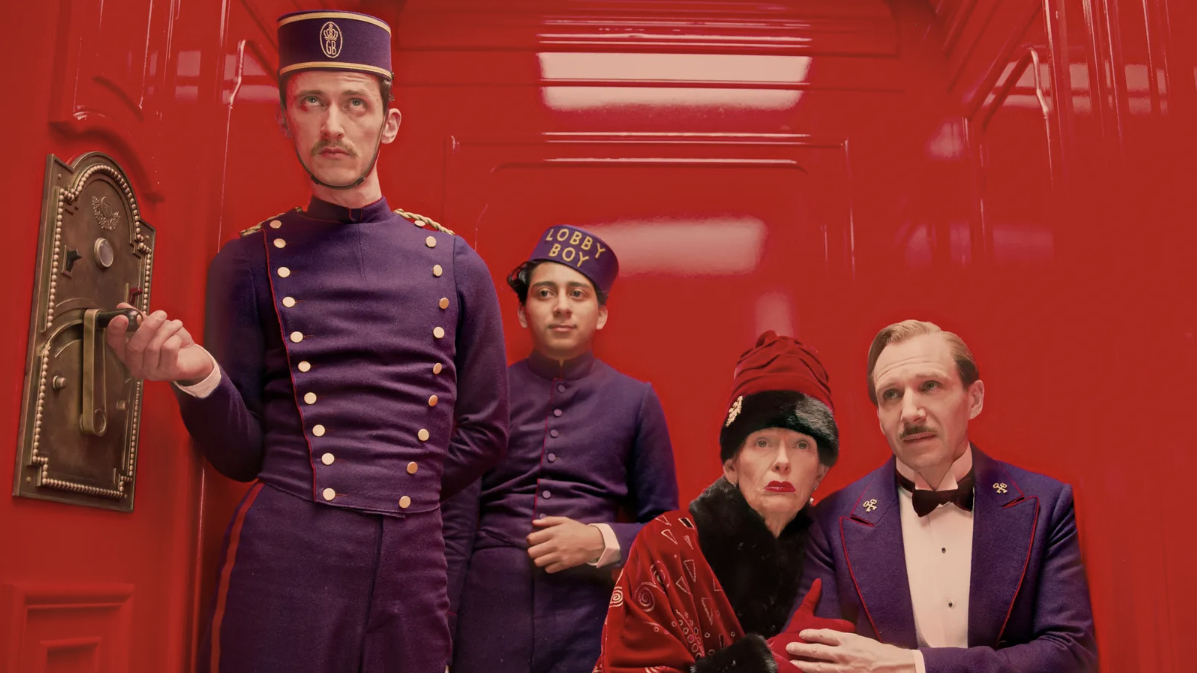 Wes Anderson at the Design Museum celebrates an obsessive attention to detail
Wes Anderson at the Design Museum celebrates an obsessive attention to detail‘Wes Anderson: The Archives’ pays tribute to the American film director’s career – expect props and puppets aplenty in this comprehensive London retrospective
-
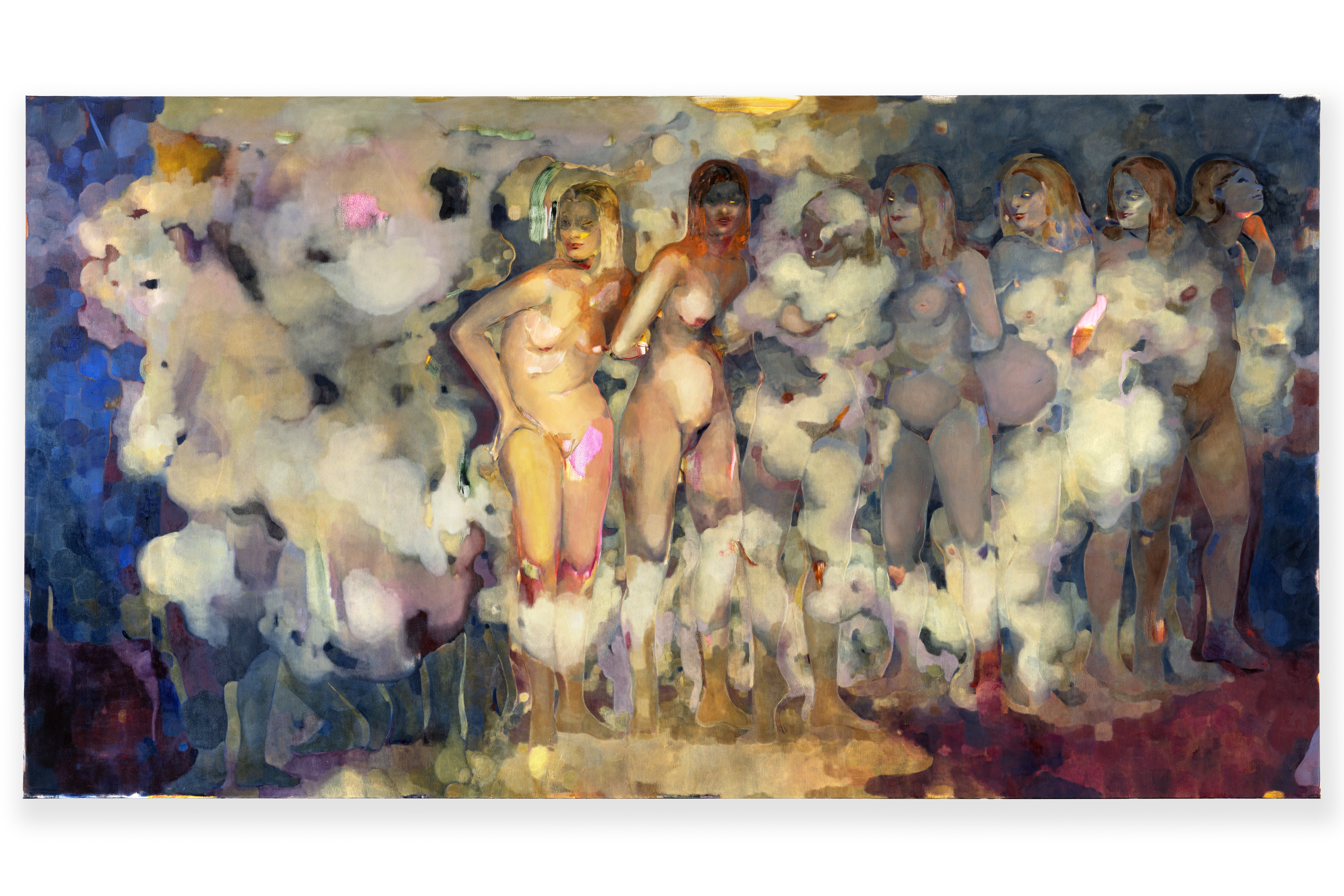 Meet Eva Helene Pade, the emerging artist redefining figurative painting
Meet Eva Helene Pade, the emerging artist redefining figurative paintingPade’s dreamlike figures in a crowd are currently on show at Thaddaeus Ropac London; she tells us about her need ‘to capture movements especially’